When Dam market was completed (February 22, 1972), followed by two apartment buildings A and B (October 14, 1972), the "street and residential" axis created a new center, reshaping the urban appearance of Nha Trang.

Overview of Dam Nha Trang market in 1972, when the market was completed but the commercial and residential areas A and B were still being gradually completed.
Beautiful, clean, modern
The Dam Market reconstruction creates a bustling, modern commercial area. This project brings a breath of fresh air of modern architectural style to the town of Thuy Duong Cat Trang. Nha Trang, although 12 years late, with many struggles, has a new market and commercial street that can be compared to the Cho Moi area of Da Lat.
The market meets the commercial scale of a city that is far exceeding the 200,000 population mark. "After many days and months of hard work, massive architectural works have been built, with a new circular market with a loft and a folding roof, with two rows of 4-storey commercial apartments, majestic on the sand and mud, demonstrating the technical ability of Vietnamese experts and contractors whose efforts and patient will have overcome all natural obstacles, which were initially almost insurmountable. Today, the narrow roads around the lagoon have turned into spacious boulevards, with ditches, sidewalks, high-beam lighting and rows of beautiful, clean and modern commercial apartments", Mr. Tran Si Huan, an outstanding civil engineer, Head of the Dam Nha Trang Market Reconstruction Board, also a resident of Nha Trang - wrote so in the document Dam Nha Trang Market Reconstruction Work .
Changing market culture
Building a new market was difficult, but then changing the people's trading habits and culture to suit the new conditions was even more difficult. In April 1973, the plot division plan of architect Ho Thang was applied in practice as follows:
- The first floor has 172 lots, including: newspapers (1 lot), hats, sandals (40), soft drinks, fish sauce (5), sewing clothes (14), plastic mats, plastic products (9), aluminum products, baskets, tin products (29), candy (19), rice paper (9), sugarcane juice, tea (5), tobacco, cigarettes (2), vegetables, onions, chickens, ducks and job changes (39).
- The ground floor has 402 lots, including: fabric and clothing stores (138 lots), grocery stores (83), dried cereals (93), meat stores (21), fruits (14), pho, bun bo, rice shops (14), betel and areca nuts (10), dried squid, ham, and sausage (3), and a place to change jobs (26).
The lottery, review, and complaint settlement in assigning traders to 529 lots in the market took place on August 18, 1972, January 12, 1973, March 23, 1973, June 4 and 6, 1973... The list was long, detailed for every dry goods, fabric, tea, betel nut, and seafood... all took place even though there were times when disputes and complaints arose. There were small traders who were used to selling outdoors, but refused the arrangement and went out on the street to sell their goods with tarpaulins.
Photographer Nguyen Ba Mau (Da Lat) went on a photo hunt in Nha Trang in 1972, capturing the image of the newly rebuilt Dam Market, but with tarpaulins already appearing on the sidewalks. In the panoramic photo, you can see two unfinished apartment buildings.
On October 14, 1972, a council chaired by Mr. Tran Van Trach, civil engineer, representing the Minister of Public Works, together with representatives of the Housing Corporation, representatives of Nha Trang City Hall and architect Tran Tien Chuan signed the minutes of acceptance of two apartment blocks A and B. Not long after that, residents ordered apartments to move in and do business. Nha Trang no longer had the crowded and squalid scene of a fishing village central market left over from the beginning of the century.
At that time, from the left wing, Mieu Ba, Tang Bat Ho streets... flowed to Nguyen Thai Hoc street, connecting the traffic axis of the market front with the right side of Phan Boi Chau street (behind the old market), Ben Cho street, Xuong Huan street, Nguyen Cong Tru street - the newly reconstructed Dam market area created a traffic and commercial axis with convergence of a vibrant central area.
An icon
On the day of receiving Dam market, Mr. Pham Nhac, former Chairman of Nha Trang Town Council, was inspired to write a few verses: How splendid is the provincial market/In the past, that place was a muddy puddle/Nowadays, a great project stands out/Extremely modern during the war .
As for poet Quach Tan, a resident of Ben Cho Street, at that time, looking at the market's shadow, he thought of a lotus flower on the old lagoon, then experienced the charm in the leisurely and bustling scene of human life: The old lagoon's surface has a market/The market roof blooms with lotus flowers/The pistils of the golden moon form/The incense stand is filled with white clouds/Dreamy mist and snow/The boat dock is vaguely visible/Why worry about the vicissitudes of life/The leisurely and bustling fate is also charming (Dam Market Shadow) .
The sustainable and modern Dam Market is a symbol and mark of urban development efforts during a historical period; it is also a community memory point of Nha Trang people.
Source link










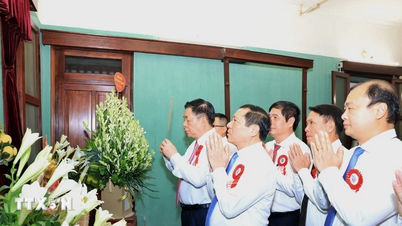











































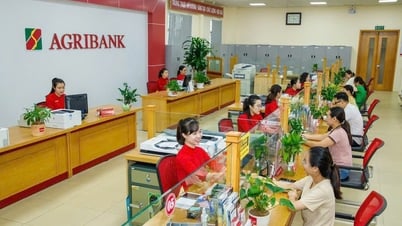










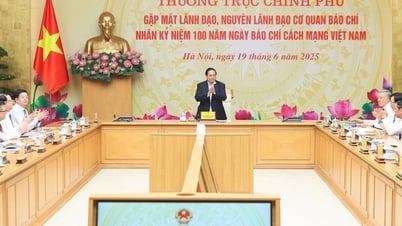

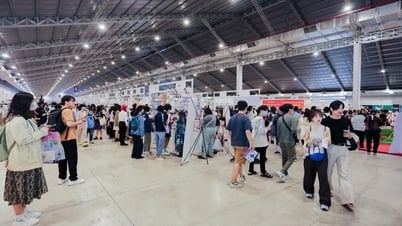

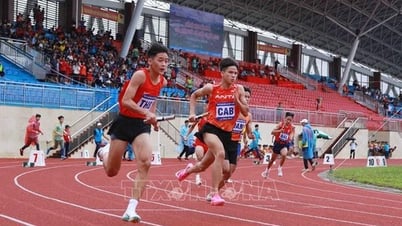


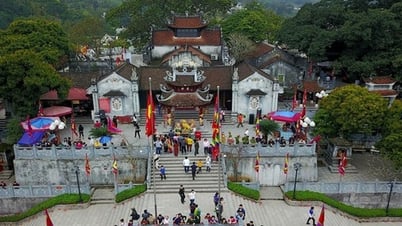


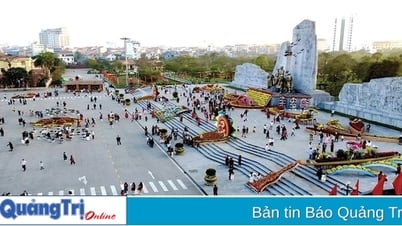




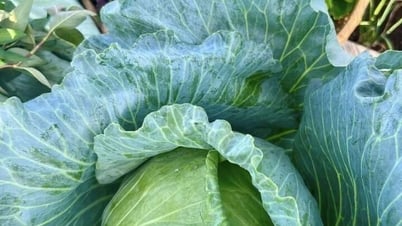















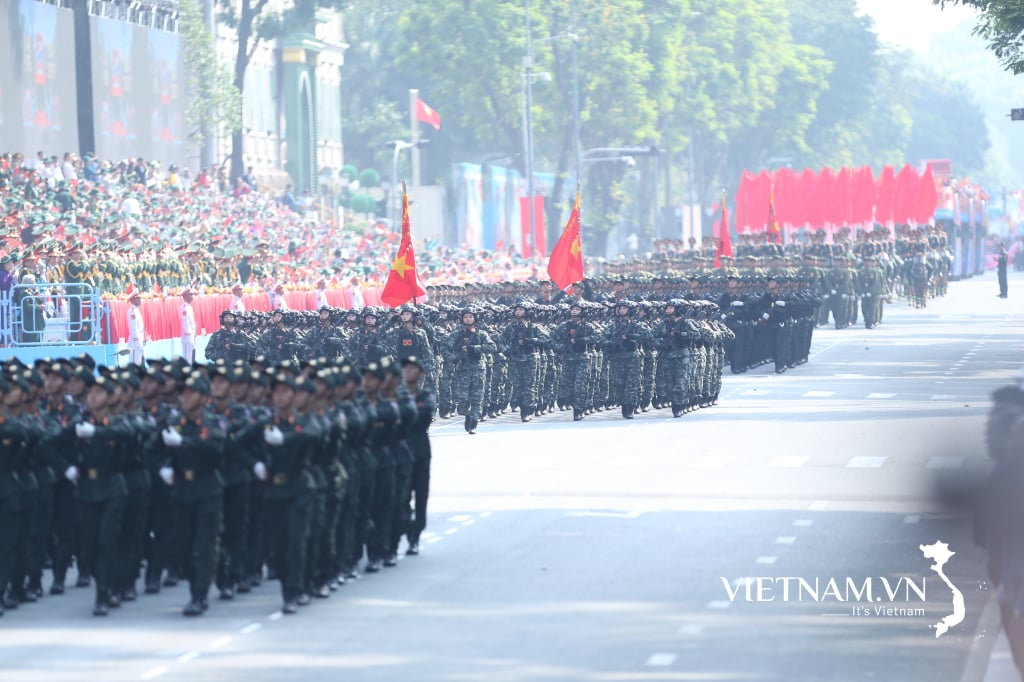

Comment (0)